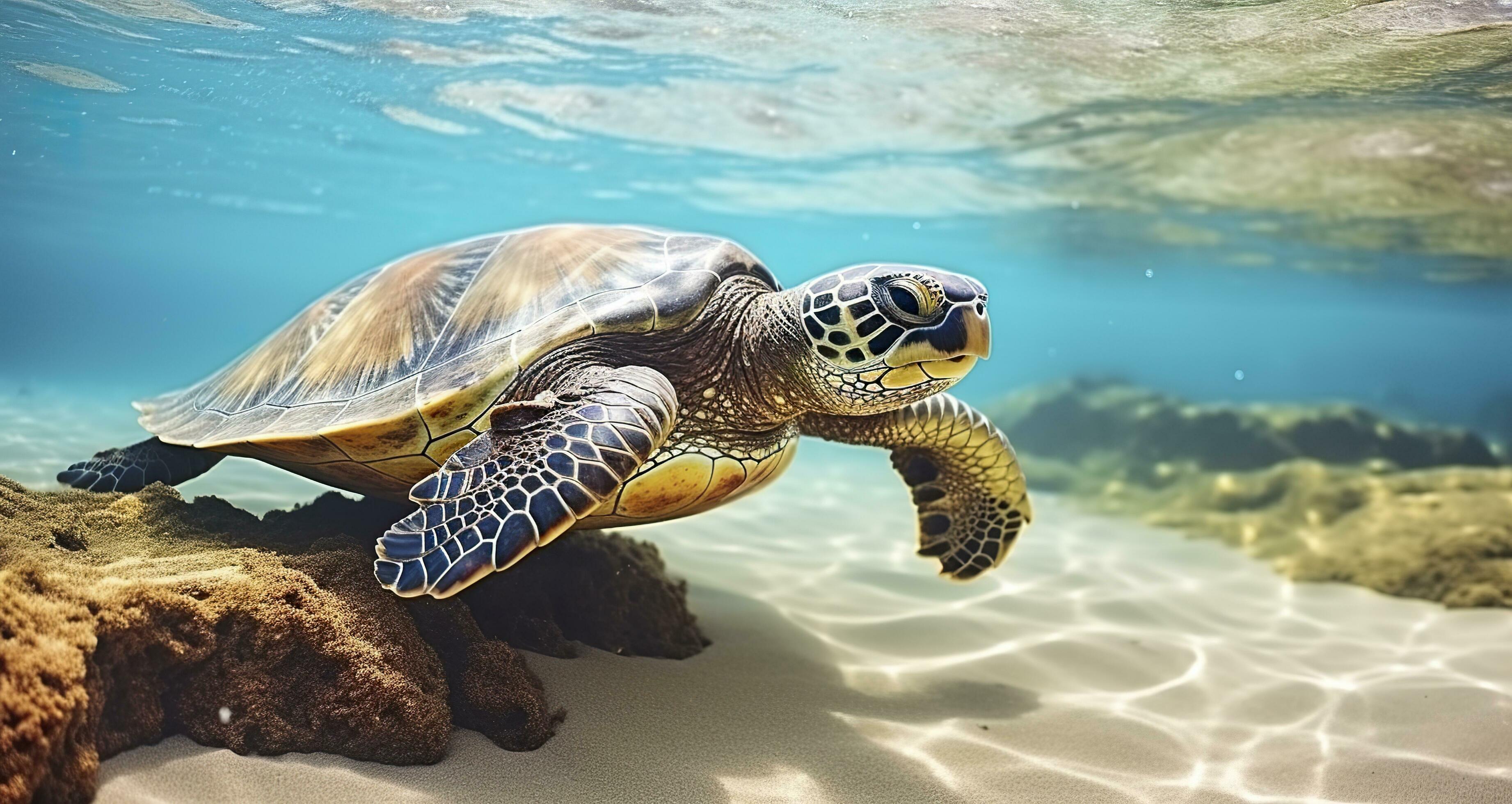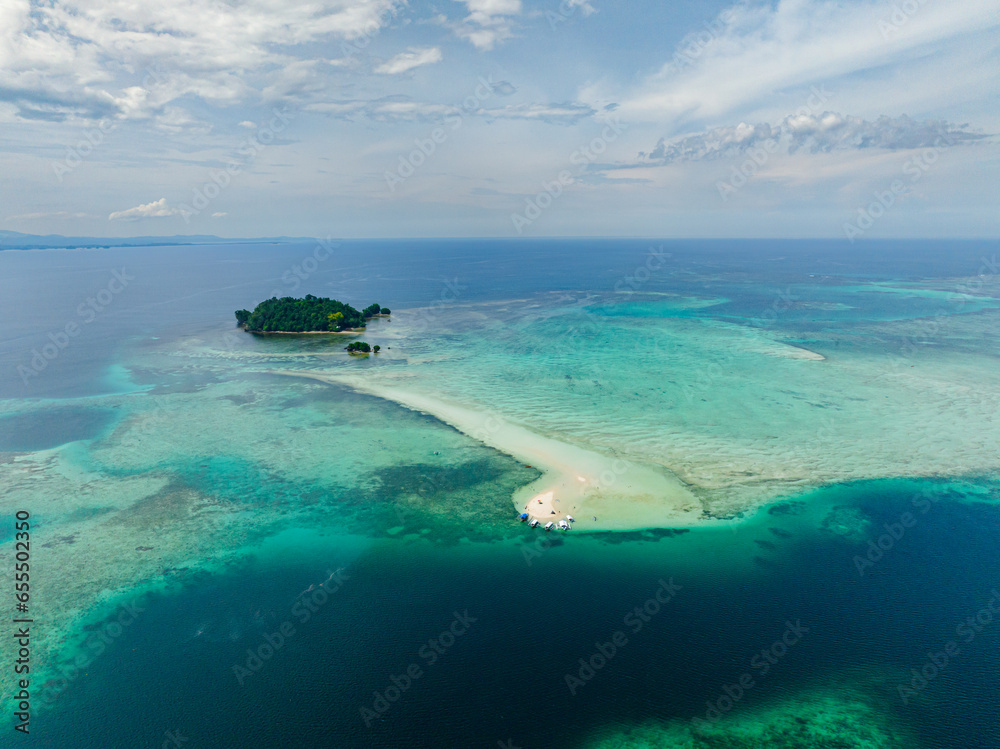
Visual Chronicles of Turtle Island: Unveiling the Photographic Heritage
Turtle Island, a name resonant with Indigenous cosmology and history, encompasses the vast landmass of North America. Its photographic collections are not merely repositories of images; they are intricate tapestries woven from light and shadow, capturing centuries of profound change, enduring cultures, and resilient spirits. These collections, housed in national archives, tribal museums, university special collections, and private holdings, offer an unparalleled, albeit often complex, lens into the continent’s past and present, challenging established narratives and fostering visual sovereignty.
The advent of photography on Turtle Island in the mid-19th century coincided with periods of immense upheaval for its Indigenous peoples. Early photographers, often accompanying scientific expeditions, military campaigns, or settler movements, wielded the camera as a tool of documentation, curiosity, and, frequently, colonialism. Figures like William Henry Jackson and Frank Jay Haynes captured stunning landscapes, often devoid of human presence, or posed Indigenous individuals in ways that reinforced prevailing romanticized or exoticized stereotypes. Perhaps the most prolific and controversial of these was Edward S. Curtis, whose monumental 20-volume work, "The North American Indian" (1907-1930), aimed to document what he perceived as a "vanishing race." While his images are undeniably powerful and aesthetically remarkable, his methods — including supplying props, staging scenes, and retouching images to remove modern elements — have been widely critiqued for creating a fabricated past, freezing Indigenous peoples in a romanticized pre-contact era, and ignoring their contemporary struggles and adaptability.
These early collections, despite their problematic origins, form a significant part of the visual record. They reveal colonial attitudes, anthropological interests, and the aesthetic sensibilities of their time. They also, inadvertently, preserve glimpses of cultural practices, regalia, and landscapes that have since transformed. However, the true significance of these images is unlocked when viewed through an Indigenous lens, re-contextualized, and interrogated for their inherent power dynamics. Many institutions today are grappling with the ethical implications of these historical collections, engaging in dialogues about ownership, access, and respectful interpretation.
A pivotal shift began to occur in the latter half of the 20th century, accelerating into the 21st: Indigenous peoples began to turn the camera upon themselves, reclaiming the narrative and asserting their visual sovereignty. This movement saw the rise of Indigenous photographers who, no longer content to be mere subjects, became the creators of their own images, crafting authentic representations of their communities, traditions, and contemporary lives. This shift is crucial for understanding the breadth and depth of Turtle Island’s photographic collections today.
Contemporary Indigenous photographers, artists, and archivists are actively challenging and subverting the colonial gaze embedded in historical imagery. They are using photography as a tool for cultural preservation, language revitalization, political activism, and artistic expression. Works by artists like Shelley Niro (Mohawk), Carl Beam (Anishinaabe), Dana Claxton (Hunkpapa Lakota), and Jeff Thomas (Onondaga) interrogate historical archives, create powerful counter-narratives, and celebrate the resilience and diversity of Indigenous cultures. Their photographs are not just records; they are statements of presence, resistance, and futurity. As renowned curator Lee-Ann Martin (Mohawk) has often emphasized, Indigenous art, including photography, "is not simply a reflection of culture; it is culture."

The physical and digital repositories of these diverse photographic collections are spread across Turtle Island. The National Archives and Records Administration (NARA) in the United States and Library and Archives Canada (LAC) hold millions of photographs related to Indigenous peoples, often originating from government agencies, anthropologists, and historical societies. These collections document treaty negotiations, residential schools, land use, and community life, providing invaluable, if sometimes painful, historical documentation. Similarly, the Smithsonian National Museum of the American Indian (NMAI) in Washington D.C. and New York, and the Canadian Museum of History in Gatineau, Quebec, house extensive collections, increasingly curated and interpreted in collaboration with Indigenous communities. University archives, such as those at the University of British Columbia or the University of Oklahoma, also hold significant ethnographic and historical photographic collections.
Beyond these large national institutions, a vital and growing movement involves Indigenous-led archives and cultural centers. Tribal museums, band councils, and Indigenous cultural organizations are increasingly taking ownership of their visual heritage, repatriating images, and creating their own digital and physical archives. These community-based collections are crucial because they ensure that images are interpreted within their proper cultural context, governed by community protocols, and made accessible to those for whom they hold the most profound meaning. For instance, the Mashantucket Pequot Museum & Research Center in Connecticut and the UBC Museum of Anthropology in Vancouver (which has strong partnerships with First Nations) are examples of institutions that prioritize Indigenous voices and perspectives in their curatorial practices and archival stewardship. The process of digital repatriation, where copies of historical images are returned to their originating communities, is transforming how these collections are used and understood.
The themes explored within these vast photographic collections are as diverse as the Indigenous nations themselves. Portraiture remains a cornerstone, from the formal studio portraits of the late 19th century to contemporary works that capture the nuances of identity, family, and community. Landscape photography has evolved from colonial depictions of "wilderness" to Indigenous artists using the medium to articulate connections to ancestral lands, highlight environmental concerns, and express spiritual relationships with specific places. Social documentary photography captures the realities of urban Indigenous life, the impacts of resource extraction, and the ongoing struggles for justice and self-determination, including powerful images from the Standing Rock protests or the Idle No More movement. Photography has also been instrumental in documenting and celebrating traditional ceremonies, powwows, and cultural revitalization efforts, though always with a keen awareness of intellectual property rights and the sacredness of certain imagery.
However, challenges persist. Many historical collections contain images that are deeply sensitive, depicting ancestors, sacred sites, or cultural practices that were once exploited. Ethical access, copyright issues, and the need for culturally appropriate metadata remain significant hurdles. Funding for Indigenous archives and training for Indigenous archivists are critical for ensuring these collections are preserved and made accessible according to community needs. The sheer volume of "orphan works" – photographs whose creators or copyright holders are unknown – complicates efforts at proper attribution and ethical use.
Despite these challenges, the opportunities presented by Turtle Island’s photographic collections are immense. Digitalization efforts are making these images more accessible globally, fostering research and engagement. Collaborative projects between mainstream institutions and Indigenous communities are leading to more nuanced interpretations and shared authority over these visual legacies. Most importantly, these collections serve as powerful educational tools, correcting historical inaccuracies, promoting understanding, and inspiring new generations of Indigenous photographers and storytellers. They are a testament to survival, resilience, and the ongoing vibrancy of Indigenous cultures.
In conclusion, the photography collections of Turtle Island represent far more than just historical records. They are dynamic, living archives that reflect a complex journey from being subjects of an often-exploitative gaze to becoming the sovereign creators of their own visual narratives. They tell stories of adaptation and resistance, loss and revitalization, trauma and healing. As these collections continue to grow and evolve, shaped by Indigenous voices and perspectives, they will remain indispensable in understanding the true, multifaceted history and future of Turtle Island, ensuring that its visual heritage is preserved, celebrated, and interpreted with the respect and integrity it deserves.


